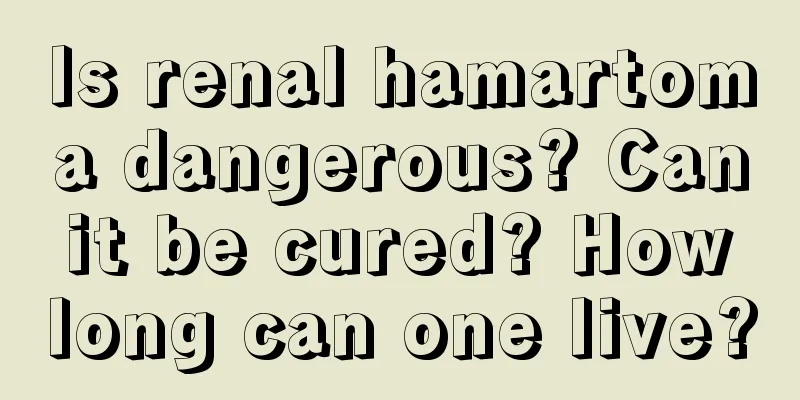About glioma disease introduction

|
Nowadays, people are under great pressure at work and in life, which brings with it various diseases, especially brain diseases. Gliomas are one of them. So, what kind of disease is glioma? Let's take a look at the disease introduction of glioma. Neuroglioma, also known as glioma for short, is a tumor that occurs in the neuroectoderm. There are two types of tumors that occur in the neuroectoderm, one formed by mesenchymal cells, called gliomas; the other formed by parenchymal cells, called neuronal tumors. Since these two types of tumors cannot be completely distinguished from the perspective of etiology and morphology, and gliomas originating from mesenchymal cells are much more common than neuronal tumors originating from parenchymal cells, neuronal tumors are included in gliomas and collectively referred to as gliomas. Glioma is the most common intracranial tumor, accounting for about 45% of all intracranial tumors. It ranks second among childhood malignant tumors, with an annual incidence of glioma of 3-6 people per 100,000 people. Glioma usually has no typical symptoms at the beginning. As the tumor continues to grow, it will show the following symptoms: One is increased intracranial pressure and other general symptoms, such as headache, vomiting, vision loss, epileptic seizures and mental symptoms. The other is local symptoms caused by compression, infiltration, and destruction of brain tissue by the tumor. The local symptoms vary depending on the location of the tumor growth. The diagnosis of glioma mainly relies on imaging examinations such as CT, MRI, and MRS, and pathological examination is required for confirmation. WHO divides glioma into grades I, II, III, and IV according to the pathological properties of the tumor, with grade I being the least malignant and grade IV being the most malignant. Once diagnosed, treatment should be started as soon as possible, mainly surgical treatment. For those with deep tumors, large tumors, or poor general condition that cannot be operated on, radiotherapy can be chosen. After surgical resection, radiotherapy and chemotherapy are also required according to the nature of the pathology. The recurrence rate of glioma is high and the prognosis is poor. |
<<: What are the causes of hamartoma?
>>: What are the common causes of hamartoma
Recommend
What to do if there are blue spots under the eyes
The reasons that cause some problems in our body ...
Application of laparoscopy in surgical treatment of colon cancer
Compared with traditional open surgery, laparosco...
How to solve the problem of family education for teenagers?
When children reach adolescence, they are most li...
Nursing and complications of coronary heart disease, attention should be paid to methods
Although coronary heart disease is a well-known a...
Is it good for patients with kidney stones to drink beer?
If a man does not drink or smoke, he is not a man...
How much does it cost to diagnose colorectal cancer
When it comes to cancerous diseases, people are g...
The difference between groin skin tags and warts
In life, many people cannot tell the difference b...
Precautions for ovarian tumor treatment
After ovarian tumor surgery, you need to take goo...
What are the symptoms of liver cancer? What is the cure rate of liver cancer?
The liver is a very important organ in the human ...
What are the nursing measures for kidney cancer
The nursing care of kidney cancer is carried out ...
Is it effective to prevent uterine cancer
As people in society, we should always feel the b...
How to treat nocturnal bruxism in adults?
When talking about dental problems, people usuall...
Diet care for ovarian cancer patients after chemotherapy
The number of people who died from ovarian cancer...
Be careful, duodenal ulcer is actually very close to us
In urban life, ordering takeout has become a favo...
Does it hurt after the anesthesia for painless abortion
Painless abortion means that during the abortion ...









